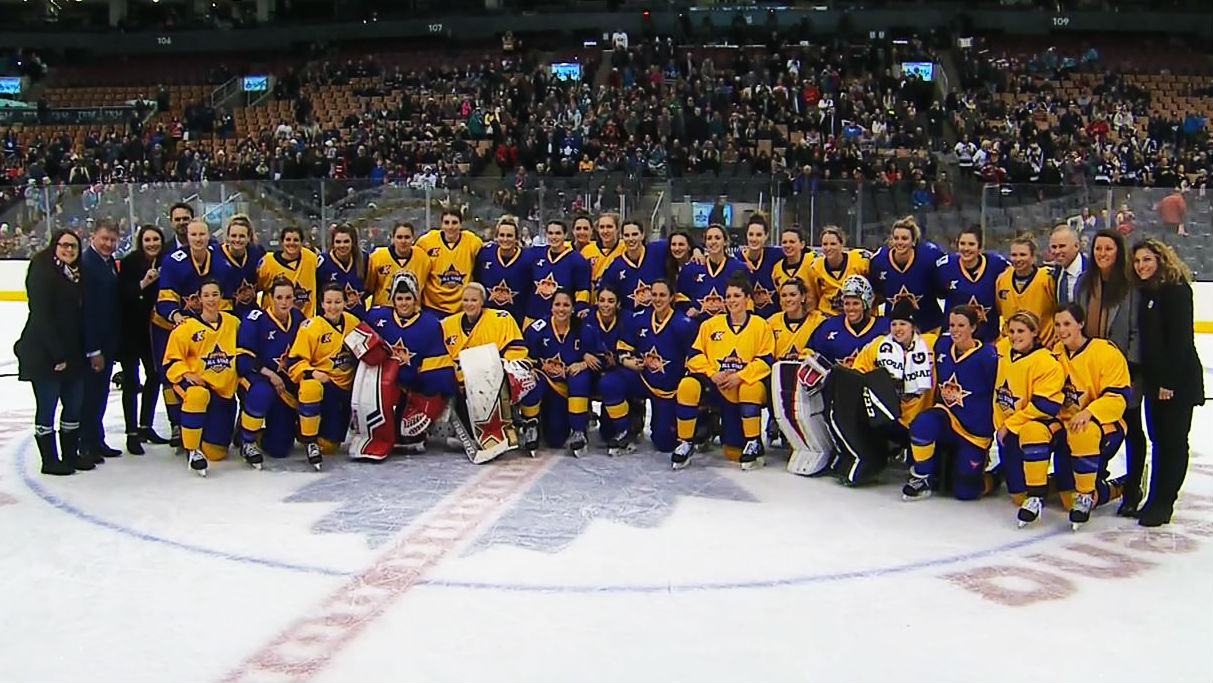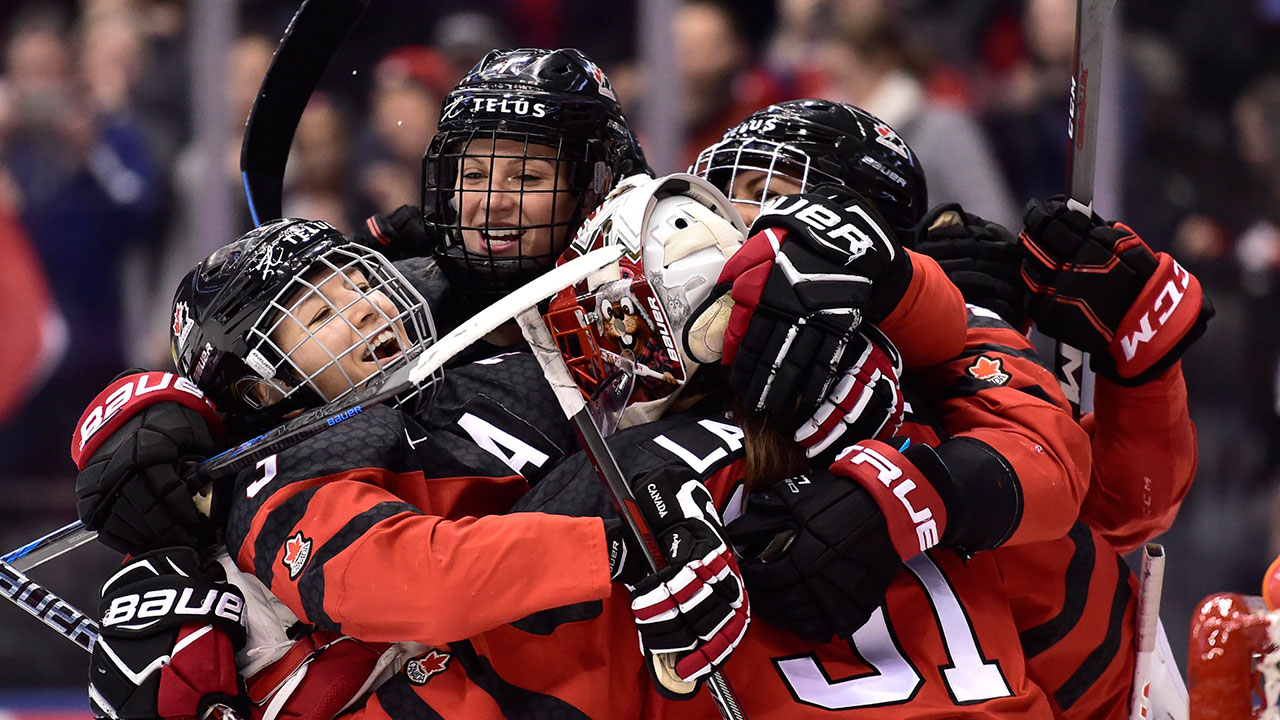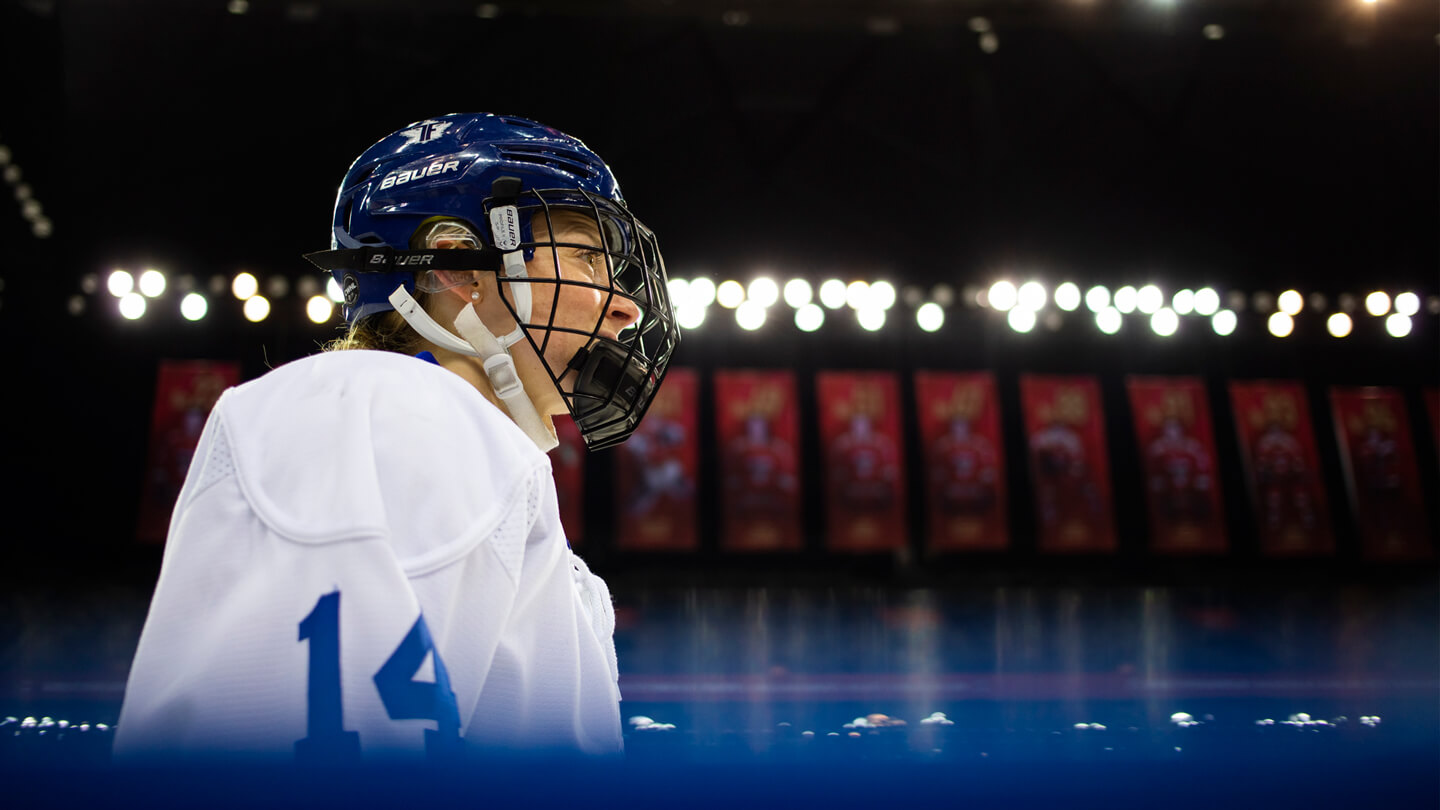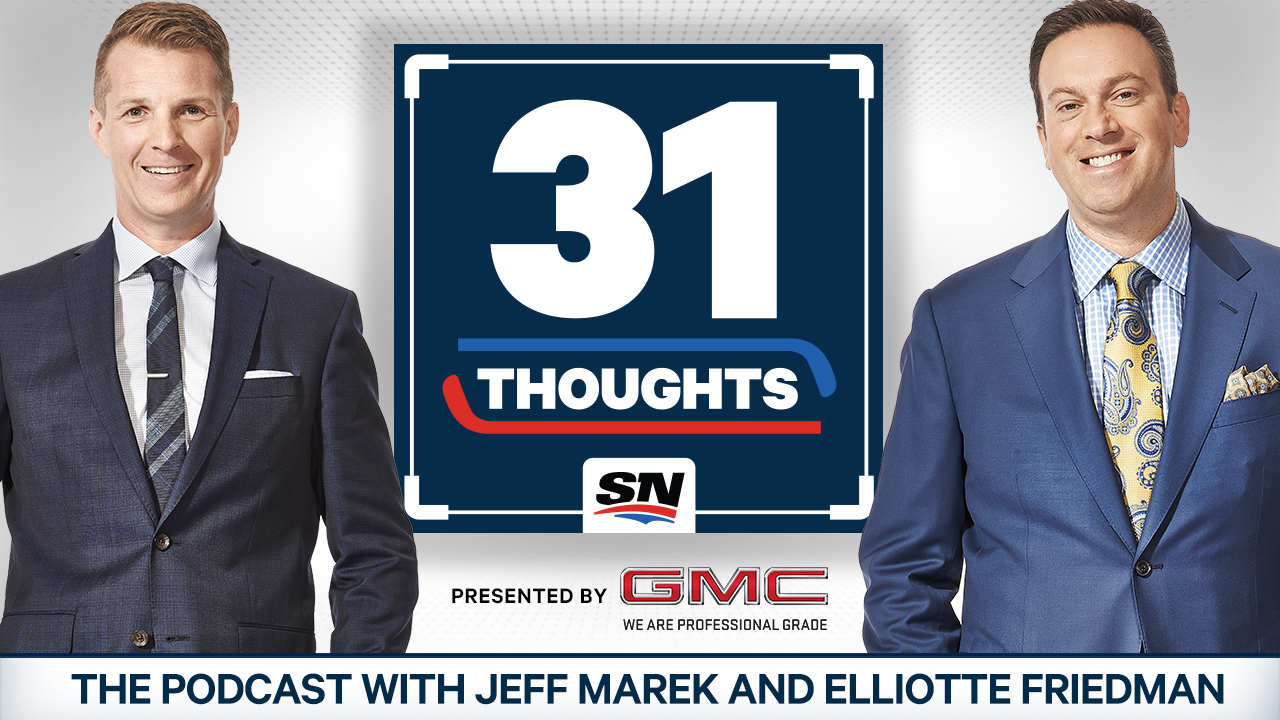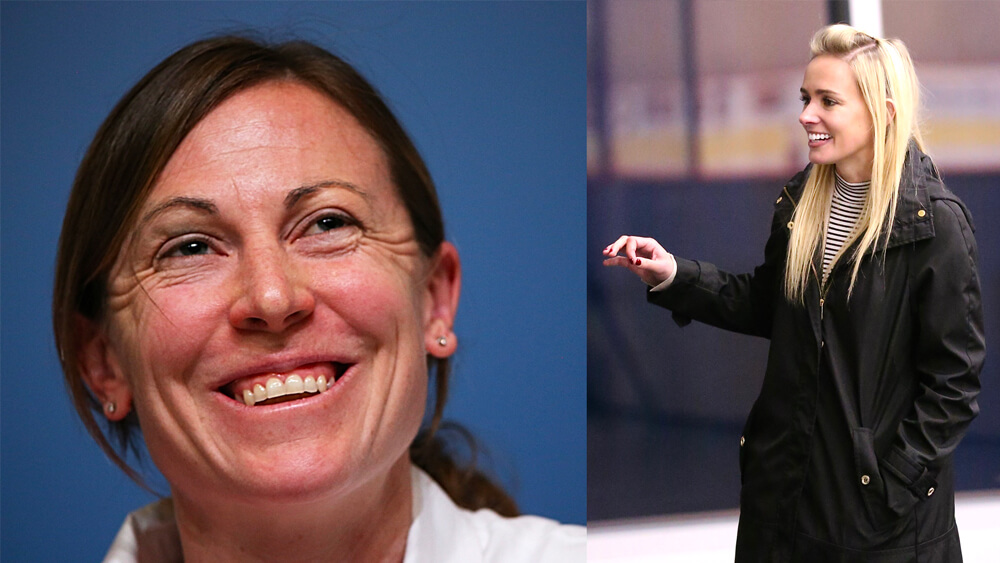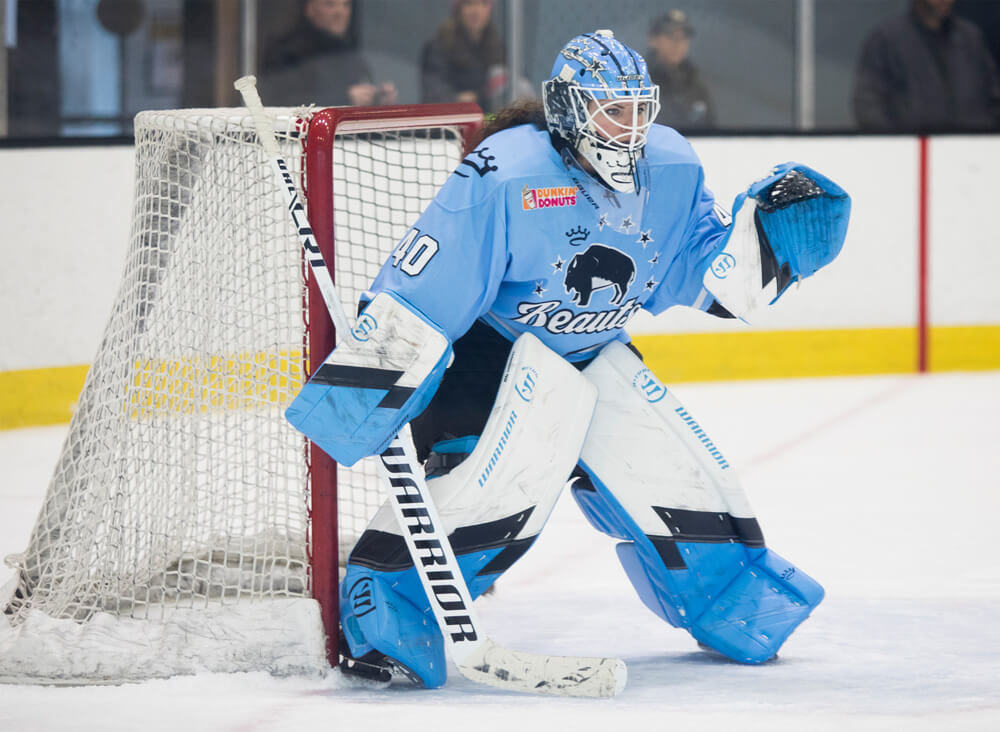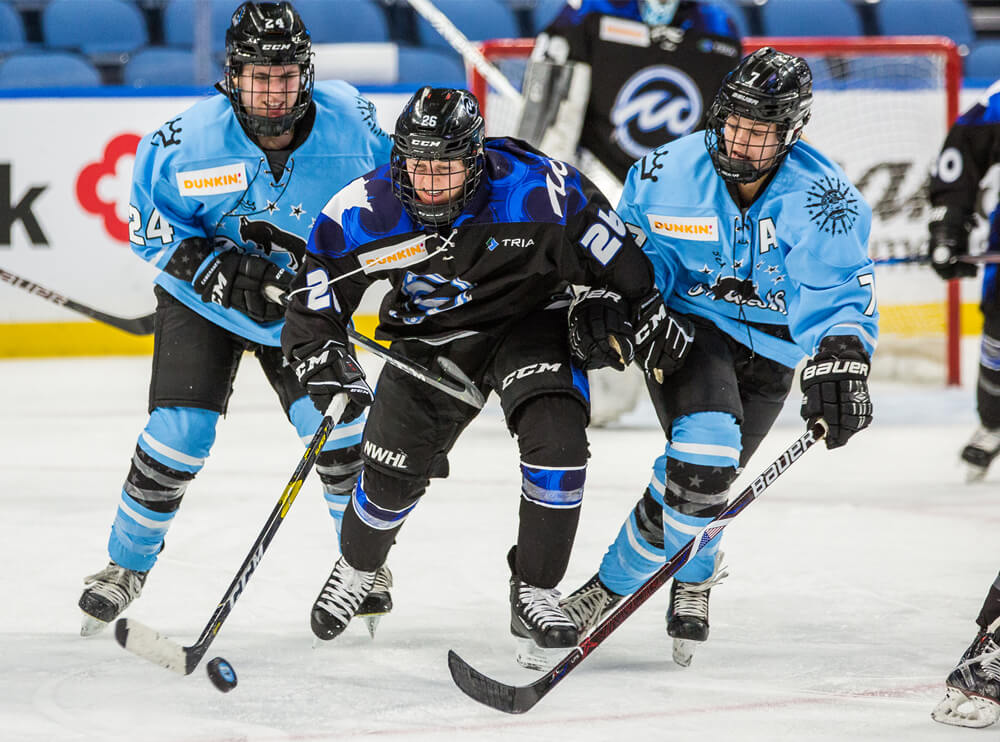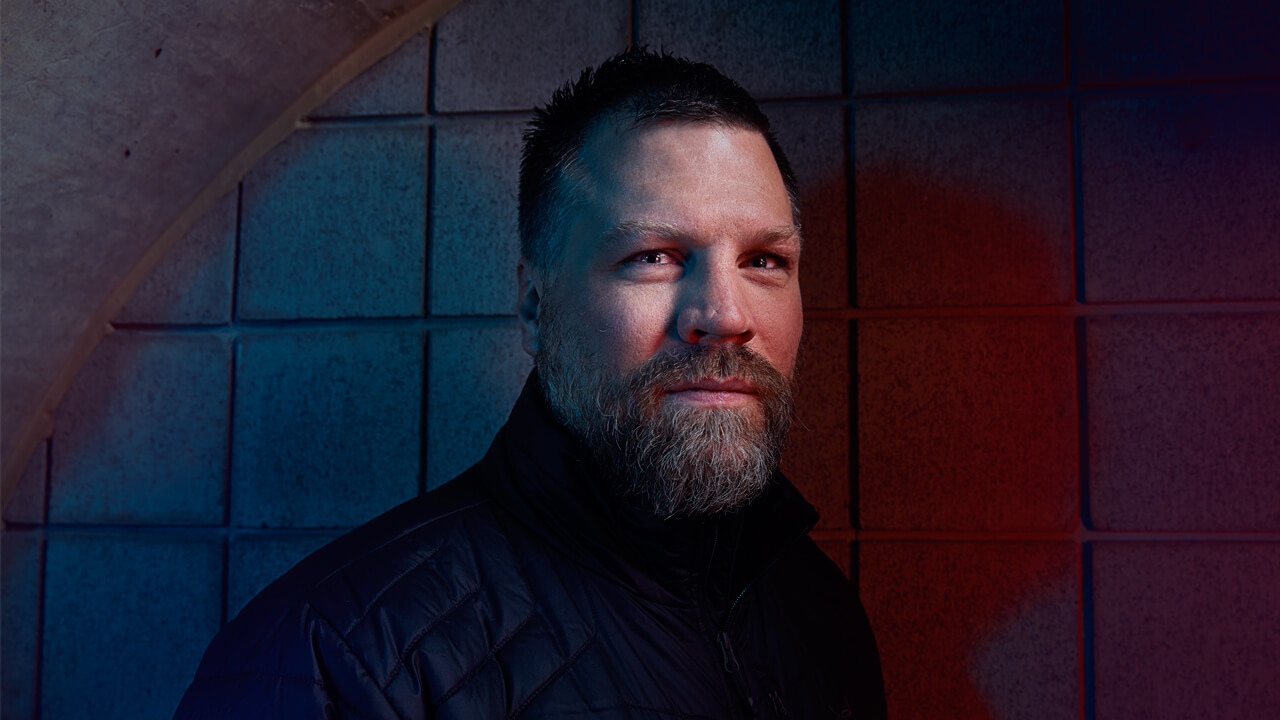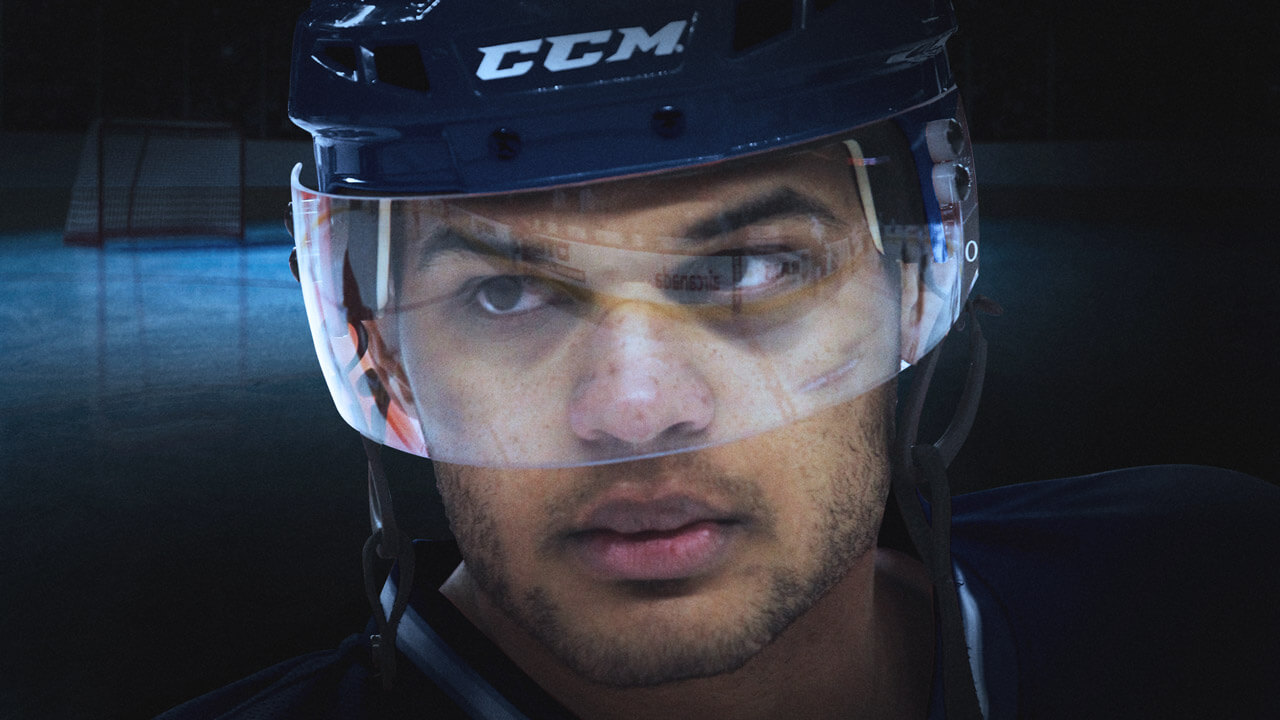Rylan finds many of Bettman’s comments on the women’s game insulting, and said so in a statement released earlier this year: “Only as the NWHL has grown have people started talking about the need for one league and for the NHL to take charge. We’re proud to have ignited that conversation. But it’s been just four years for us, and now a pair of existing organizations built by women to empower and spotlight women need to get out of the way? To be blunt, it feels absolutely terrible to hear that in 2019. We can make huge strides together without suggestions being made about dissolving our businesses. It’s time we worked together, and I’m available at all times for constructive conversations that lead to building a league across North America that the players and fans deserve.”
A good next step might be assembling in the same room. Hefford says that she, Bettman and Rylan have never had a face-to-face meeting.
Andress was involved in conversations with the NHL for more than a decade and not even she saw an NHL business plan for a women’s league, though she believes one exists. “Everybody yammers all the time, ‘Well, you were just going to hand the keys over to the NHL.’ No, we were never going to just say, ‘OK, here,’” she says. “We were always waiting to see what the NHL, with one league, how they would operate it.”
Cohig won’t say whether the NHL has a plan for how it would structure a women’s league. “You’re pre-supposing that we have a league, and right now there are two leagues operating,” she says. “You’re dealing in hypotheticals.” Cohig will say this, though: If the NHL did run a women’s pro league, “I think it could be really great.”
It’s easy to see why players would agree with that sentiment. The resources alone would provide a massive boost. Ask Toronto Furies star Natalie Spooner what she’d like to see if the NHL got more involved and the first words out of her mouth aren’t “more money,” they’re “more ice time.”
Both the CWHL’s Furies and Inferno have been partnered with NHL clubs since 2012. The NWHL won’t disclose the financial deals between their teams and NHL partners, but in the CWHL, the Calgary Flames give some $25,000 annually to the Inferno. The team also plugs the Inferno on social media and its website and designed and paid for the Inferno’s jerseys, but their financial contribution amounts to less than half a percent of Johnny Gaudreau’s yearly contract, and might be what they spend on tape in a year. Knight, a star player for Les Canadiennes de Montreal, says of the $25,000 contribution: “I think it’s a good start.” Read: it’s better than nothing.
“But what kind of opportunities are they presenting? What kind of resources are they allocating?” Knight adds. “How are they helping the women’s players? For many years it was, ‘How do we get in the same room as our male counterparts?’ And now we’re in the room and we’ve got a seat at the table and you have to understand how much you’re worth.”




